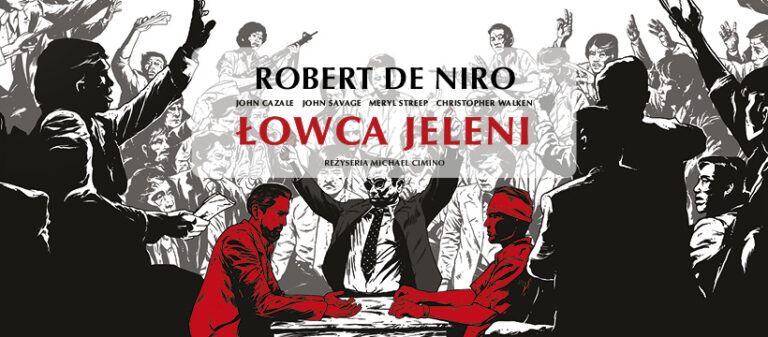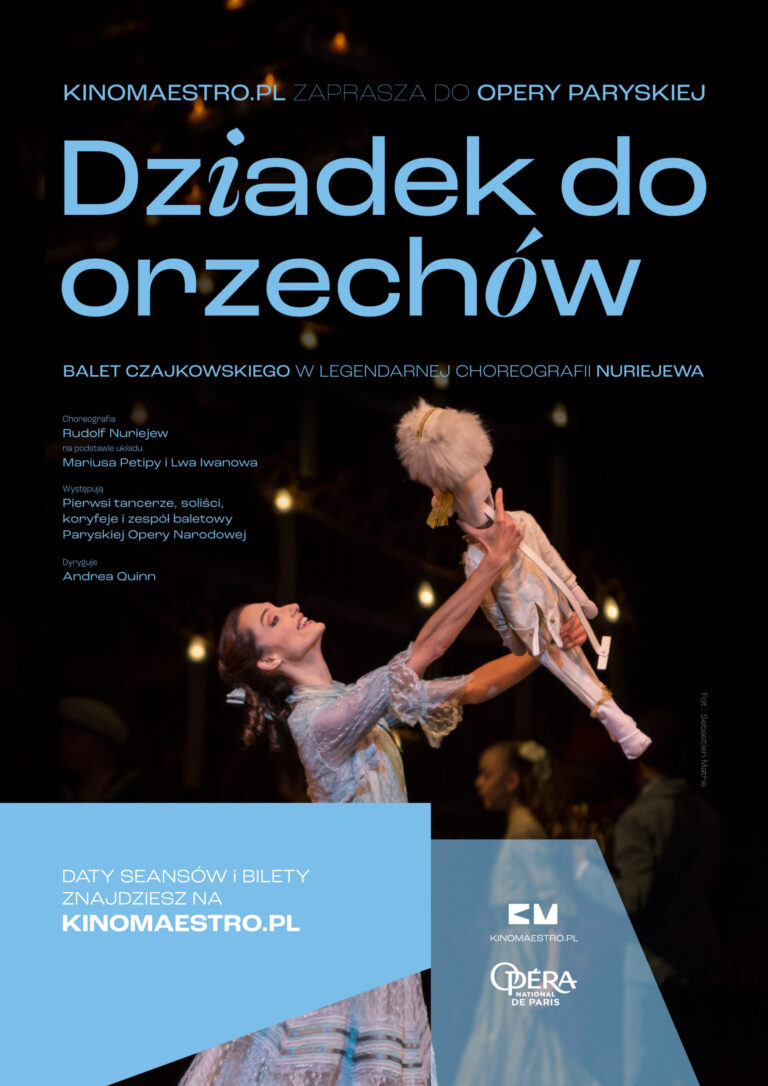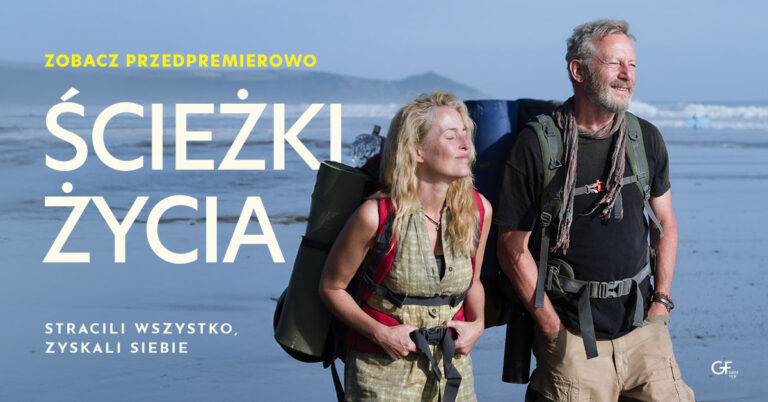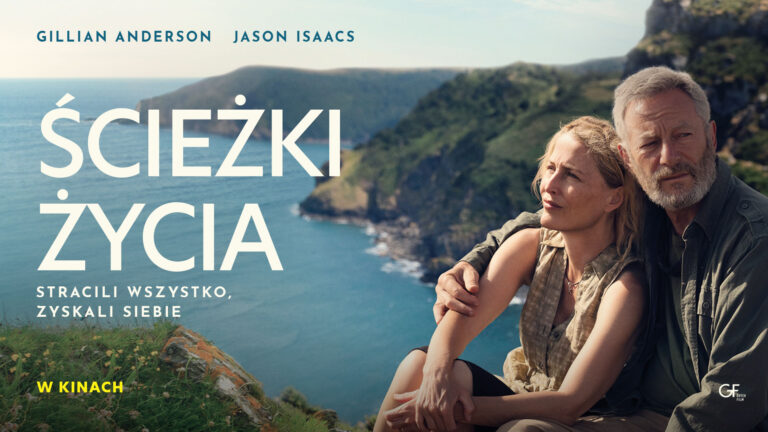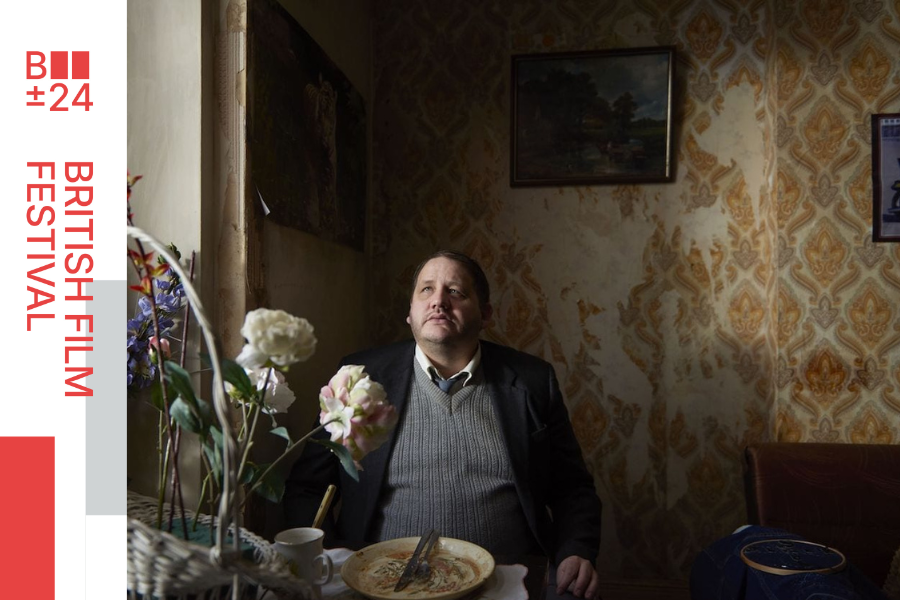
[PL]
Rozpad rodziny i otchłań depresji w czułych kolorach oraz dopracowanych szczegółach. RAY & LIZ to debiut fabularny fotografa i artysty wideo, Richarda Billinghama, a zarazem bolesne autobiograficzne wspomnienie. Zaczynem filmu był projekt wideo z 1996 oraz album fotograficzny RAY’S LAUGH, poświęcony ojcu reżysera. W pełnym metrażu artysta wraca do czasu własnego dzieciństwa lat 80., z bolesną szczerością portretując swój dom: bezrobotnego ojca, alkoholika, wiecznie uczepioną papierosa matkę, młodszego brata i niepełnosprawnego wujka. Osuwanie się w nędzę, apatię i skrajne zaniedbanie jest tu nieuchronne, deficyty emocjonalne – nienaprawialne. A jednak Billingham nigdy nie zatapia się w defetyzmie. RAY & LIZ ma momenty rozładowującego skrajne napięcie humoru – takiego, na jaki może sobie pozwolić tylko ktoś, kto sam doświadczył życia przedstawionego na ekranie. Reżyser nie skąpi też czułości postaciom swoich rodziców, nawet jeśli nie ma złudzeń co do ich skrajnej dysfunkcyjności.
Film Billinghama to także podróż w czasie – każdy z kadrów nasycony jest szczegółami z epoki, drobne przedmioty, faktura i wzór tapet, kolory ubrań i światłocienie ciasnych wnętrz zostają pieczołowicie odtworzone z niezwykłą intenstywnością. Oniryczny, nawet jeśli ponury obraz rzeczywistości przypomina nastrojem filmy Terrence’a Davisa, do którego artysta wydaje się odnosić. Ray & Liz łamie serce, a jednocześnie przywraca swoim bohaterom godność i zaświadcza o smutnej, zaprzepaszczonej miłości w najtrudniejszym z czasów.
[ENG]
The disintegration of a family and the abyss of depression in tender colours and nuanced detail. RAY & LIZ is the feature film debut of photographer and video artist, Richard Billingham, and a painful autobiographical memoir. The film originated from a 1996 video project and a photo album, Ray’s Laugh, dedicated to the director’s father.
In the full-length film, the artist returns to the time of his childhood in the 1980s, portraying his home with painful honesty: an unemployed father, an alcoholic, a mother perpetually clinging to a cigarette, a younger brother and a disabled uncle.
The descent into poverty, apathy, and extreme neglect is inevitable, and the emotional deficits are irreparable. Nevertheless, Billingham never sinks into defeatism. RAY & LIZ has moments of relieving extreme tension through humour – the kind that only someone who has experienced the life depicted on screen can afford. The director also shows tenderness towards his parents, even if he has no illusions about their extreme dysfunctionality.
Billingham’s film is also a journey back in time – each frame is saturated with details from the era, with meticulous recreations of the small objects, textures, wallpaper patterns, clothing colours, and the play of light and shadow within the cramped interiors. The oneiric, even if bleak, depiction of reality is reminiscent of the mood of the films of Terrence Davis, to whom the artist seems to be referring. RAY & LIZ breaks the heart while dignifying its characters and testifying to the sad, wasted love in the most difficult times.
„Łowca jeleni” Michaela Cimino to jeden z najważniejszych i wywołujących najbardziej żarliwe dyskusje tytułów w dziejach kina. Laureat pięciu Oscarów, w tym za najlepszy film, najlepszą reżyserię oraz najlepszą drugoplanową rolę męską. To pełna rozmachu, a zarazem zaskakująco intymna opowieść o przyjaźni, lojalności i cenie, jaką płaci się za dojrzewanie w cieniu historii.
W niewielkim górniczym miasteczku w Pensylwanii trzej nierozłączni przyjaciele – Michael (Robert De Niro), Nick (Christopher Walken) i Steven (John Savage) – pracują w hucie. Wieczorami spotykają się w barze i jeżdżą razem na polowania, ciesząc się prostym życiem. Ich codzienność, z pozoru zwyczajna, nabiera tragicznej głębi, gdy zostają powołani do wojska i wysłani – tuż po hucznym ślubie Stevena – na wojnę w Wietnamie.
Cimino z niezwykłą precyzją buduje świat, w którym wielu widzów może się przejrzeć, a potem krok po kroku go burzy – raz w huku wystrzałów i wybuchów, a innym razem w ciszy, w której walka z powracającymi traumami wydaje się skazana na porażkę. W „Łowcy jeleni” zderzenie ludzkiej lojalności z bezsensem wojny ma wymiar nie tylko dramatyczny, lecz także uniwersalny. To historia o przyjaźni wystawionej na najtrudniejszą próbę, o granicach odwagi, o miłości, która nie wszystko jest w stanie ocalić, i o tym, że czasem jeden moment zmienia wszystko.
Tego filmu nie da się zapomnieć.
Dziadek do orzechów
Balet Piotra Czajkowskiego
w klasycznej choreografii Rudolfa Nuriejewa
Retransmisja z Paryskiej Opery Narodowej [Opéra national de Paris]
Prezentowany przez nas spektakl Dziadka do orzechów jest bardzo stary, a zarazem bardzo nowy. Powstał w Operze Paryskiej w 1985 roku, ale do dziś jest grany z wielkim powodzeniem, bawiąc i wzruszając kolejne pokolenia paryskich widzów. My zaprezentujemy wersję nagraną podczas bezpośredniej transmisji na żywo tego spektaklu do kin całego świata, która będzie miała miejsce w grudniu tego roku.
Autorem niedoścignionej choreografii tego barwnego przedstawienia jest nieżyjący już Tatar Rudolf Nuriejew, jeden z najwybitniejszych tancerzy XX wieku, który niedługo po swojej ucieczcie z ZSRR został dyrektorem zespołu baletowego Opery Paryskiej. Stworzył tu wiele baletów, które grane są w Paryżu do dziś. Nuriejew swoją wersję Dziadka do orzechów oparł na klasycznym układzie Mariusa Petipy i Lwa Iwanowa.
W wielu krajach nie ma Bożego Narodzenia bez gwiazdkowego spektaklu Dziadka do orzechów. Choć prapremiera tego arcydzieła odbyła się w Petersburgu w dniu Świętego Mikołaja, 6 grudnia 1892 roku, to tradycja gwiazdkowa towarzysząca temu baletowi powstała niemal pół wieku później, w Stanach Zjednoczonych. Choć dziś, inaczej niż za czasów Czajkowskiego, tytuł ten jest kierowany głównie do młodszych widzów, to nadal pozostaje jednym z najpoważniejszych arcydzieł klasycznego baletu.
Oparty na opowieści modnego wówczas fantastycznego pisarza E. T. A. Hoffmanna Dziadek do orzechów miał wykorzystywać zainteresowanie elit fantastyką. Tymczasem okazał się wspaniałym spektaklem familijnym. Mali widzowie odnajdą w nim baśniową historię małej Klary, która dzięki dobremu sercu i odwadze wyzwala spod czaru księcia zaklętego w dziadka do orzechów. Piotr Czajkowski napisał do tego baletu przepiękną muzykę, skrzącą się łatwo wpadającymi w ucho tematami i oryginalną orkiestracją (harmonika szklana naśladująca padający śnieg). Dodatkowym atrakcją jest udział dziecięcego chóru Śnieżynek.
„Ścieżki życia” to inspirowana prawdziwymi wydarzeniami poruszająca i pełna nadziei opowieść o dojrzałej miłości, która okazuje się silniejsza niż życiowe kryzysy. Film, który zdobył serca widzów w całej Europie, zachwyca szczerością oraz prostotą, z jaką mówi o sprawach najważniejszych. To historia, która podnosi na duchu i przypomina, że nawet po największej burzy można odnaleźć spokój – jeśli idzie się razem.
Raynor (Gillian Anderson) i Moth (Jason Isaacs), małżeństwo z wieloletnim stażem, w jednej chwili tracą niemal wszystko – dom, bezpieczeństwo, dotychczasowe życie. Zamiast się poddać, robią coś, co dla wielu byłoby szaleństwem: wyruszają w pieszą wędrówkę – ponad tysiąc kilometrów wzdłuż dzikiego, angielskiego wybrzeża. Z pustym kontem bankowym, namiotem i garścią najpotrzebniejszych rzeczy idą przed siebie, krok za krokiem, szukając ukojenia w wietrze, ciszy i otaczającej ich przyrodzie. Wkrótce odkryją, że mimo przeszkód, które los rzucił im pod nogi, wciąż mają najważniejsze – siebie nawzajem. Ta niezwykła podróż stanie się dla nich drogą ku wolności, miłości i nowemu początkowi.
„Ścieżki życia” to inspirowana prawdziwymi wydarzeniami poruszająca i pełna nadziei opowieść o dojrzałej miłości, która okazuje się silniejsza niż życiowe kryzysy. Film, który zdobył serca widzów w całej Europie, zachwyca szczerością oraz prostotą, z jaką mówi o sprawach najważniejszych. To historia, która podnosi na duchu i przypomina, że nawet po największej burzy można odnaleźć spokój – jeśli idzie się razem.
Raynor (Gillian Anderson) i Moth (Jason Isaacs), małżeństwo z wieloletnim stażem, w jednej chwili tracą niemal wszystko – dom, bezpieczeństwo, dotychczasowe życie. Zamiast się poddać, robią coś, co dla wielu byłoby szaleństwem: wyruszają w pieszą wędrówkę – ponad tysiąc kilometrów wzdłuż dzikiego, angielskiego wybrzeża. Z pustym kontem bankowym, namiotem i garścią najpotrzebniejszych rzeczy idą przed siebie, krok za krokiem, szukając ukojenia w wietrze, ciszy i otaczającej ich przyrodzie. Wkrótce odkryją, że mimo przeszkód, które los rzucił im pod nogi, wciąż mają najważniejsze – siebie nawzajem. Ta niezwykła podróż stanie się dla nich drogą ku wolności, miłości i nowemu początkowi.
